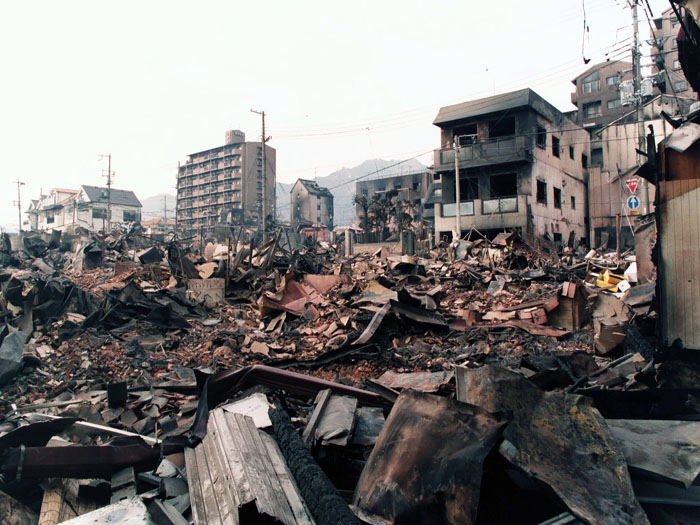Scientists working on corpse sniffer
Forensic gadget will find and date corpses

Scientists today report results from a project to establish the chemical fingerprint of death, the first step towards a portable device for finding human bodies buried in disasters and at crime scenes.
Dr Dan Sykes, speaking at the 238th meeting of the American Chemical Society, revealed that he is trying to profile the chemicals released from decomposing bodies.
Eventually, he hopes to develop an electronic corpse detector able to determine the time elapsed since death quickly, accurately and on-site.
Trained dogs are not to be sniffed at
Today, cadaver dogs are the best solution for detecting and recovering bodies in earthquakes, tornadoes, hurricanes, and other natural disasters. "These dogs are highly effective, but it takes lots of time, expense and manpower to train them. If there was a device that was as effective for a fraction of the cost, that would be something worth pursuing," says Sykes.
To develop such a device, scientists must identify what gases are released as bodies decompose under a variety of natural environmental conditions. In addition, they must calculate the time over which those chemicals are released in the hours and days after death.
Decomposing bodies release more than 30 compounds. Some, like the aptly-named 'putrescine' and 'cadaverine', develop early in the decomposition process. Sykes is tracking the production of all the gases using euthanised pigs studied under a variety of environmental conditions. Above each specimen, special sensors known as solid phase micro extraction (SPME) fibres captured the gases, every 6 to 12 hours over the course of a week.
Get daily insight, inspiration and deals in your inbox
Sign up for breaking news, reviews, opinion, top tech deals, and more.
Sykes is now capturing gases released in a variety of other scenarios to re-construct the different ways human bodies could decompose, creating a more complete picture of decomposition.